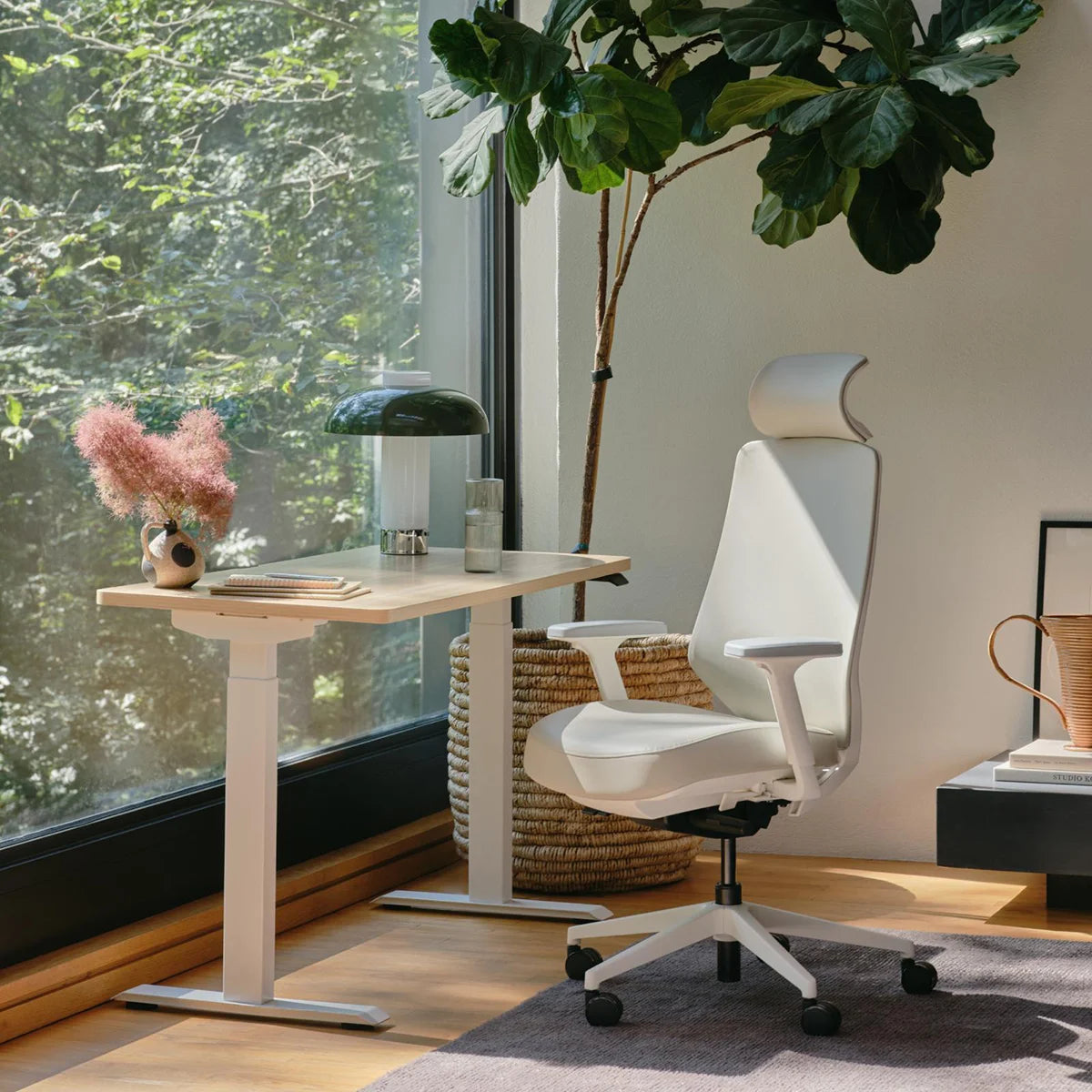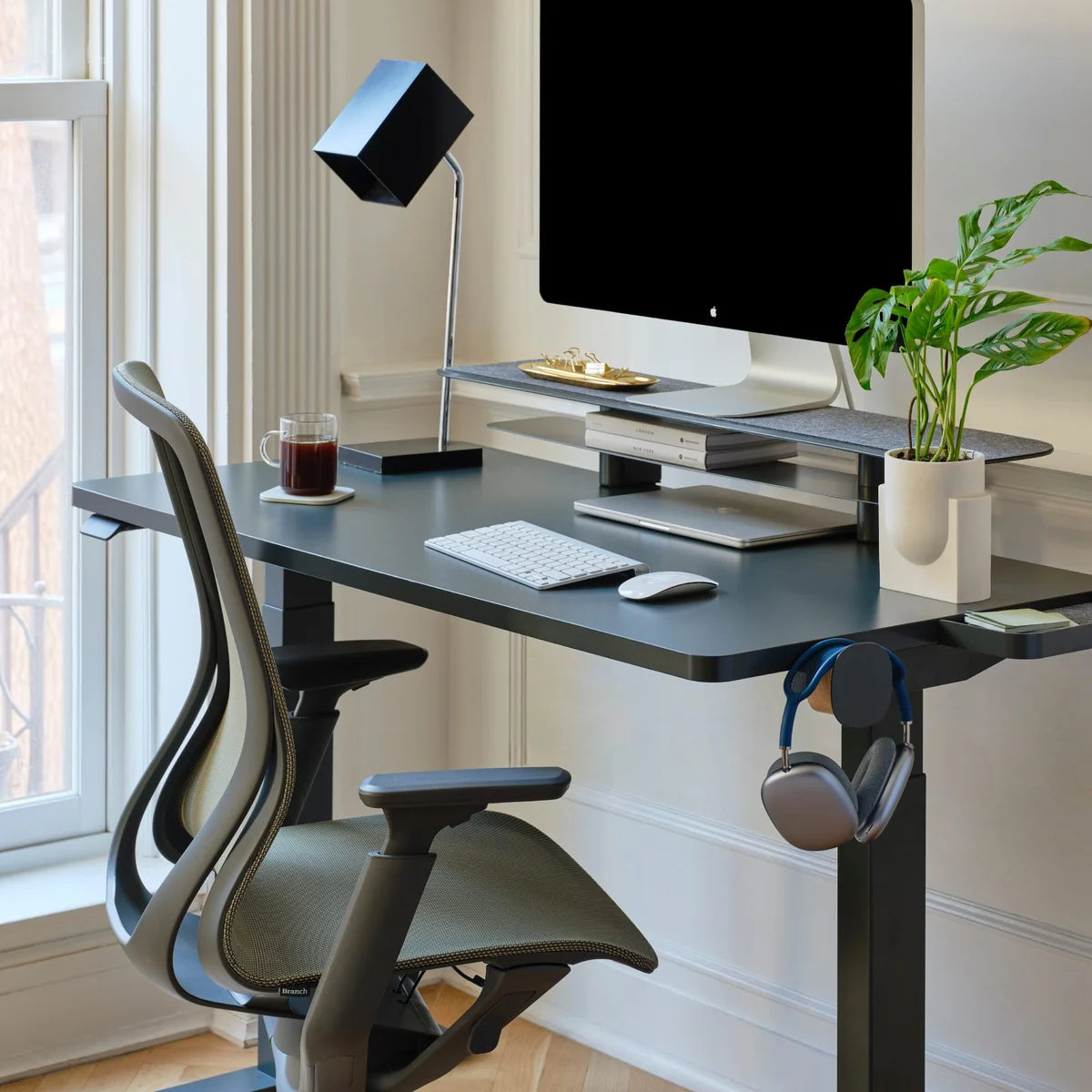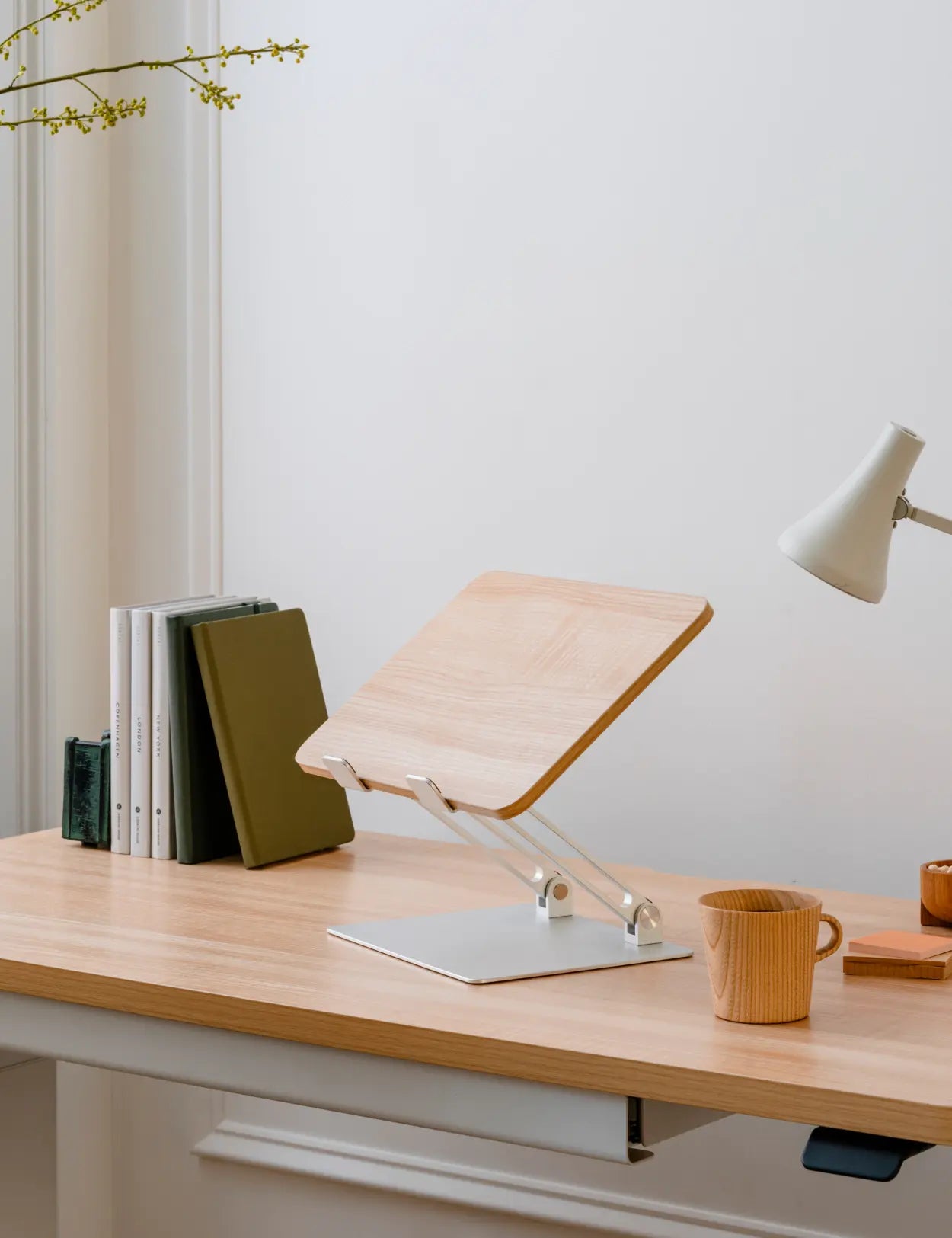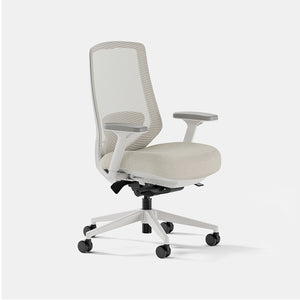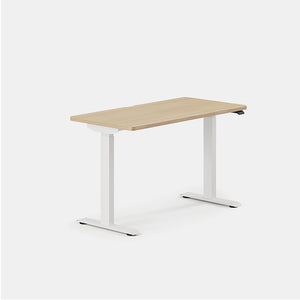Let’s face it: The water cooler no longer holds a treasured place in our society. It was once one of the most popular spots for co-workers to meet. Now, though, there are more environments in which to talk freely. The increasing focus of brokers, landlords, executives, and office managers to make workplaces less formal has led to the construction of more spaces designed for casual conversation. This trend of less formality can be seen in multiple ways. For example, managers are reporting that 50 percent of workers are wearing less formal clothes to work. In some cases, workers might not even be coming in to work at all, as companies begin to have a greater focus on employees working from home and less mandated in-office workdays.
This shift is affecting the way that workplaces get designed. It used to be that within office environments, most would get their own cubicle. Having this isolated space meant that the water cooler was one of the only places where employees would be able to spark up a conversation with one another. Offices of the modern age have largely rejected this way of working for more collaborative, informal environments. For instance, there are larger open kitchen facilities that people can access that get stocked with snack favorites, or even a diverse array of appliances to encourage employees to bring or make their own lunch. Alternatively, some businesses feature lounge facilities to help staff relax or decompress (Facebook even has climbing walls that they encourage employees to get active on). Workers may also want to use apps like Slack to have a private conversation with a fellow worker instead of waiting to have that same chat by a mutual meeting ground. By making employees feel more comfortable, it’s believed that businesses will be able to achieve an increase in productivity, henceforth continuing this trend into the foreseeable future. Such a pattern ensures that the water cooler will continue to become a less relevant part of workplace culture.





